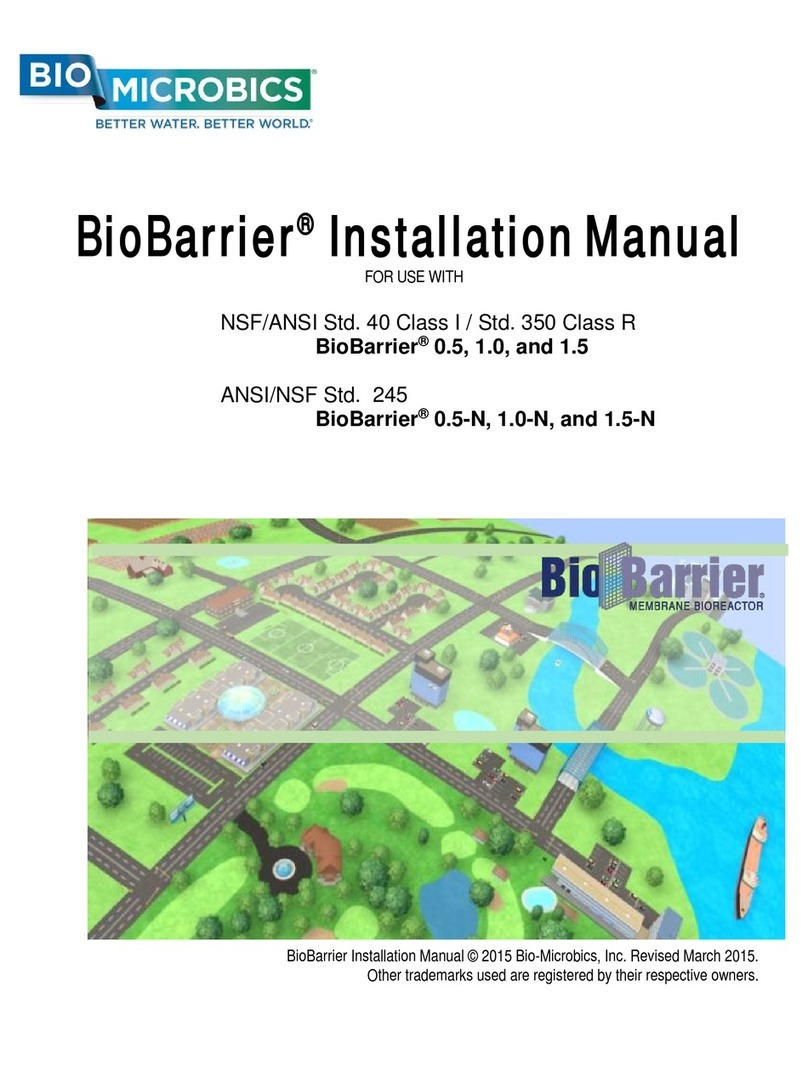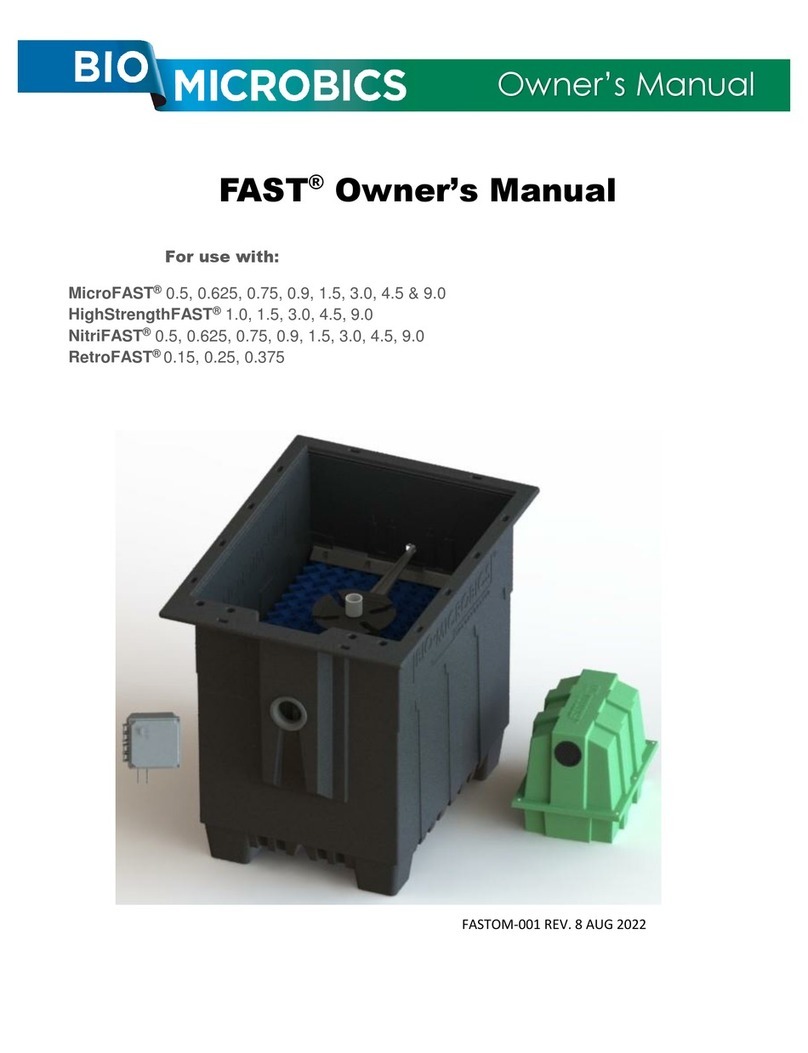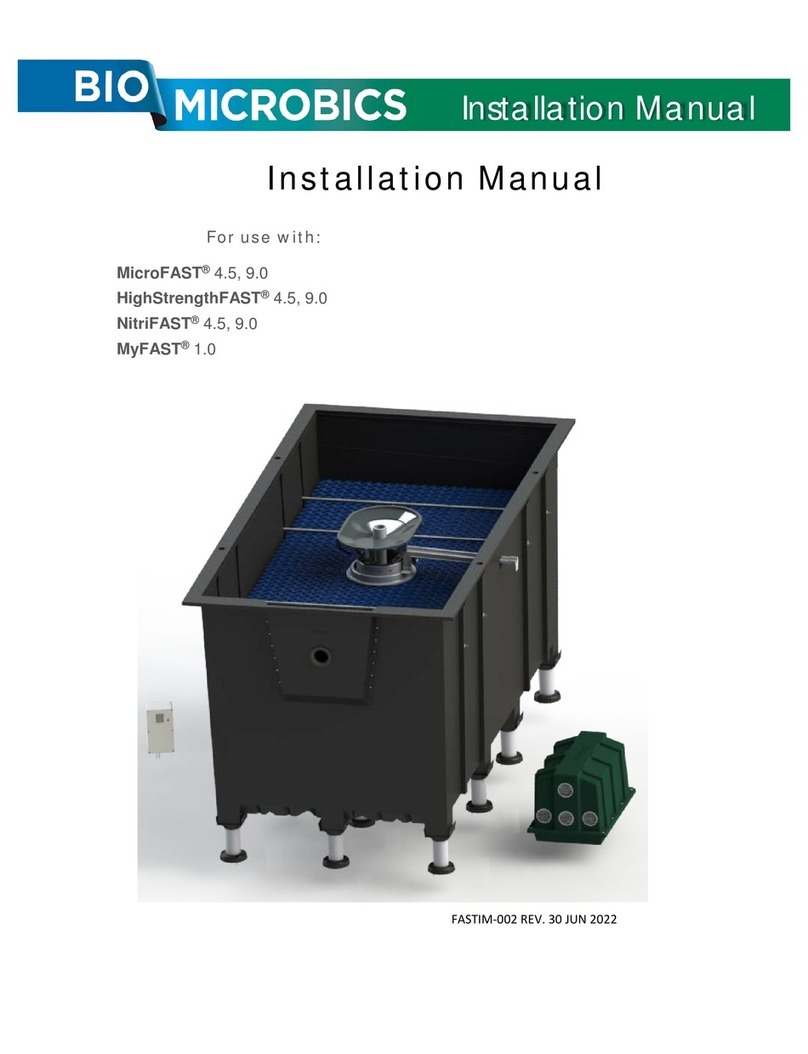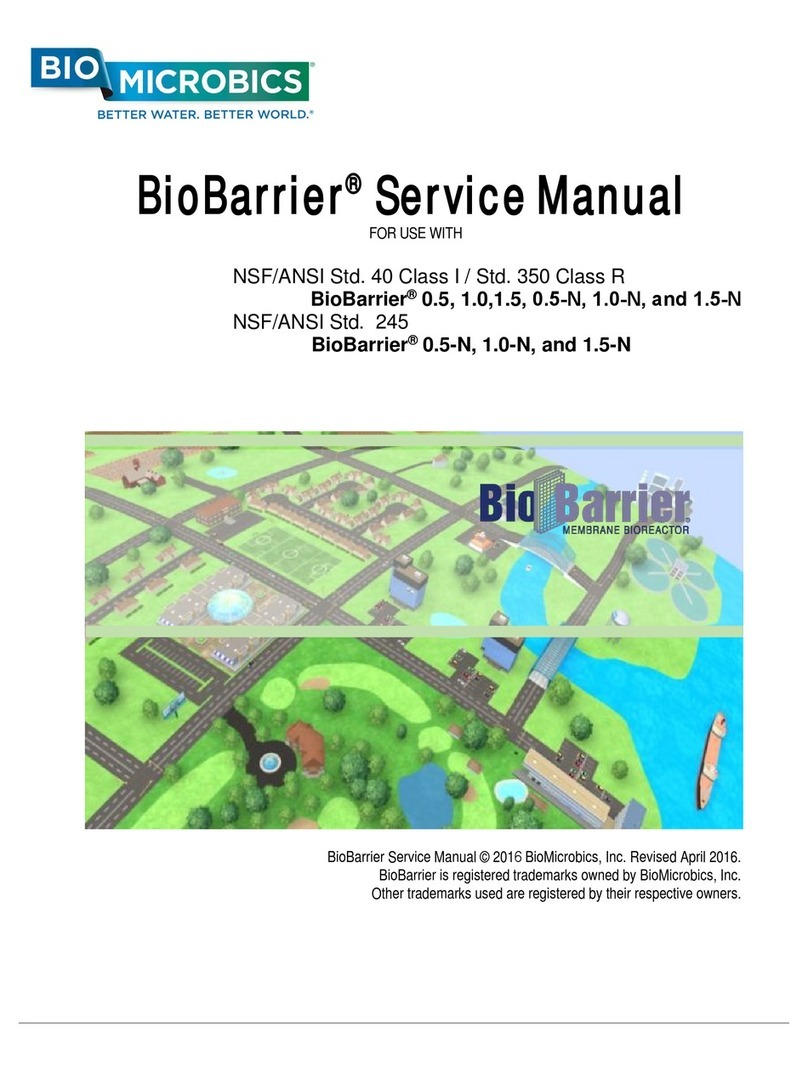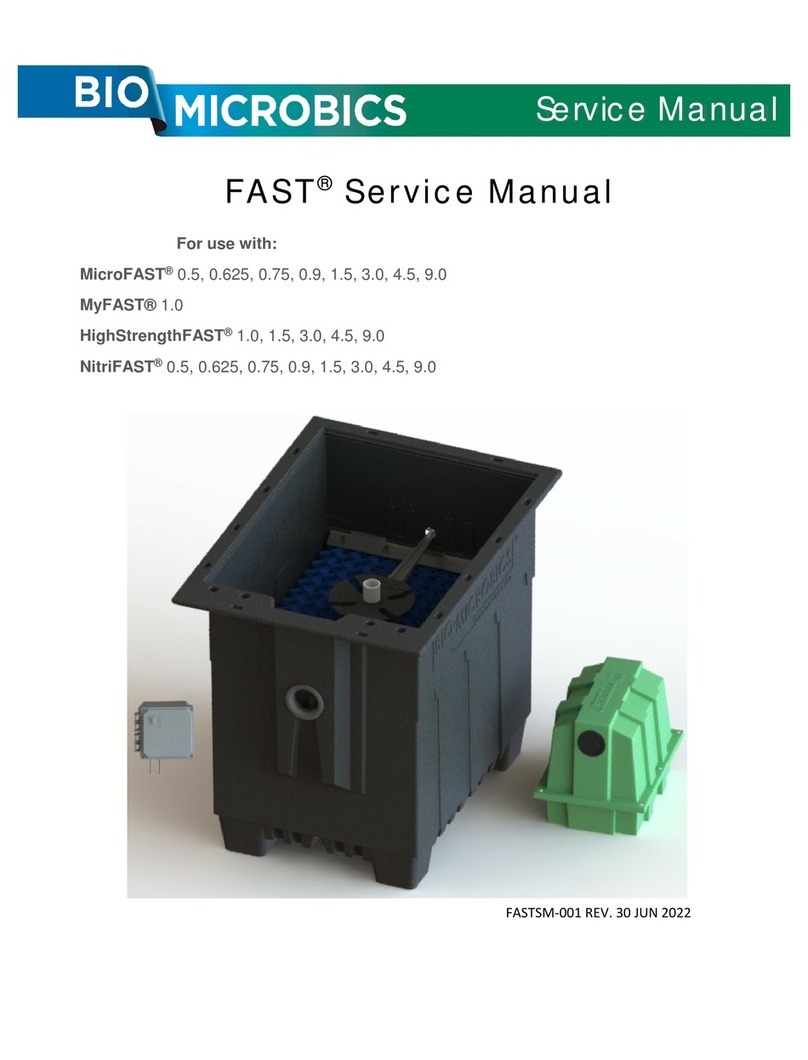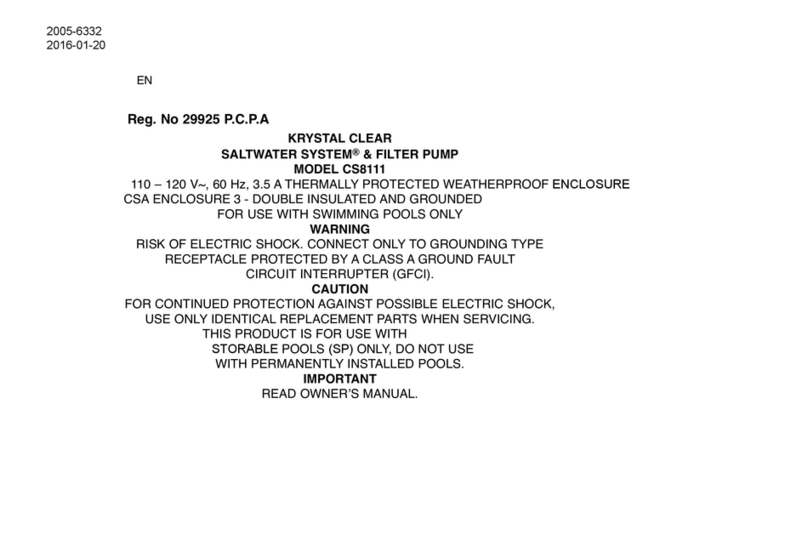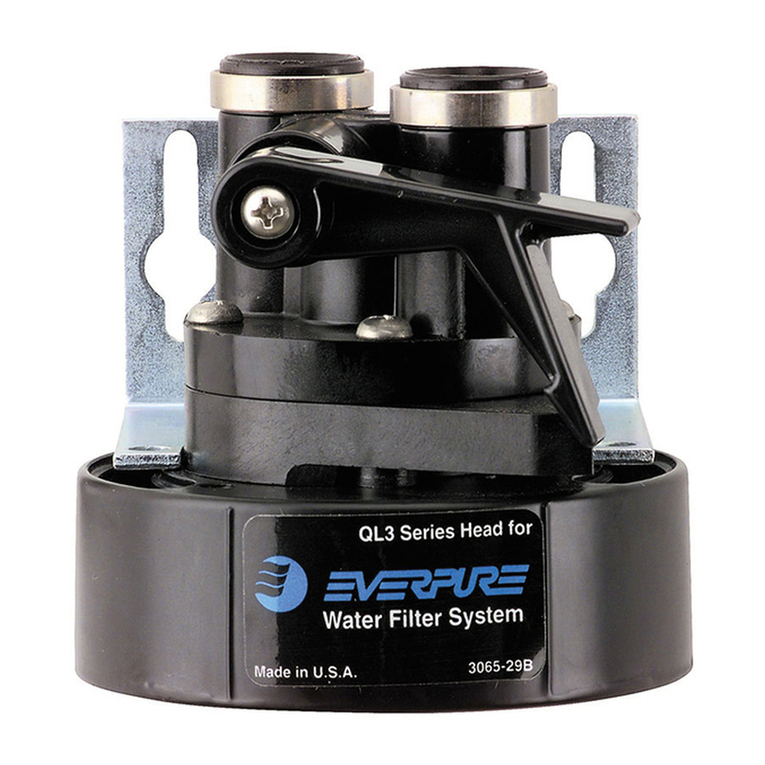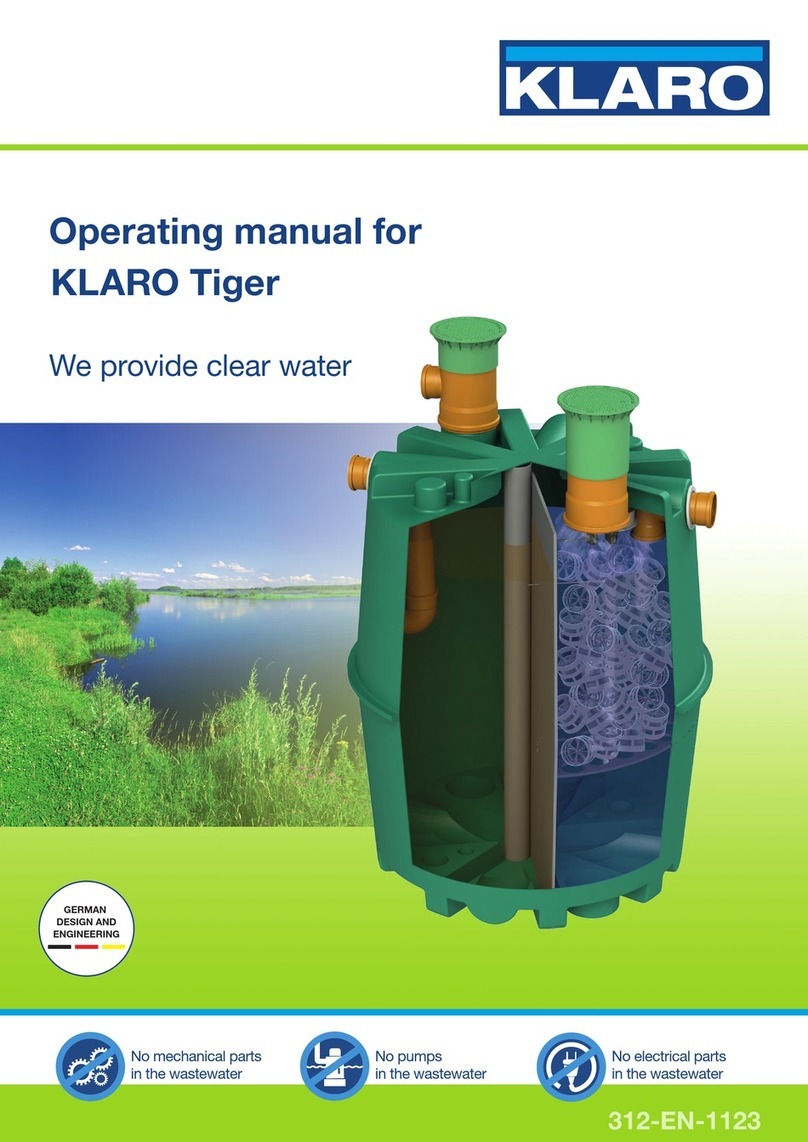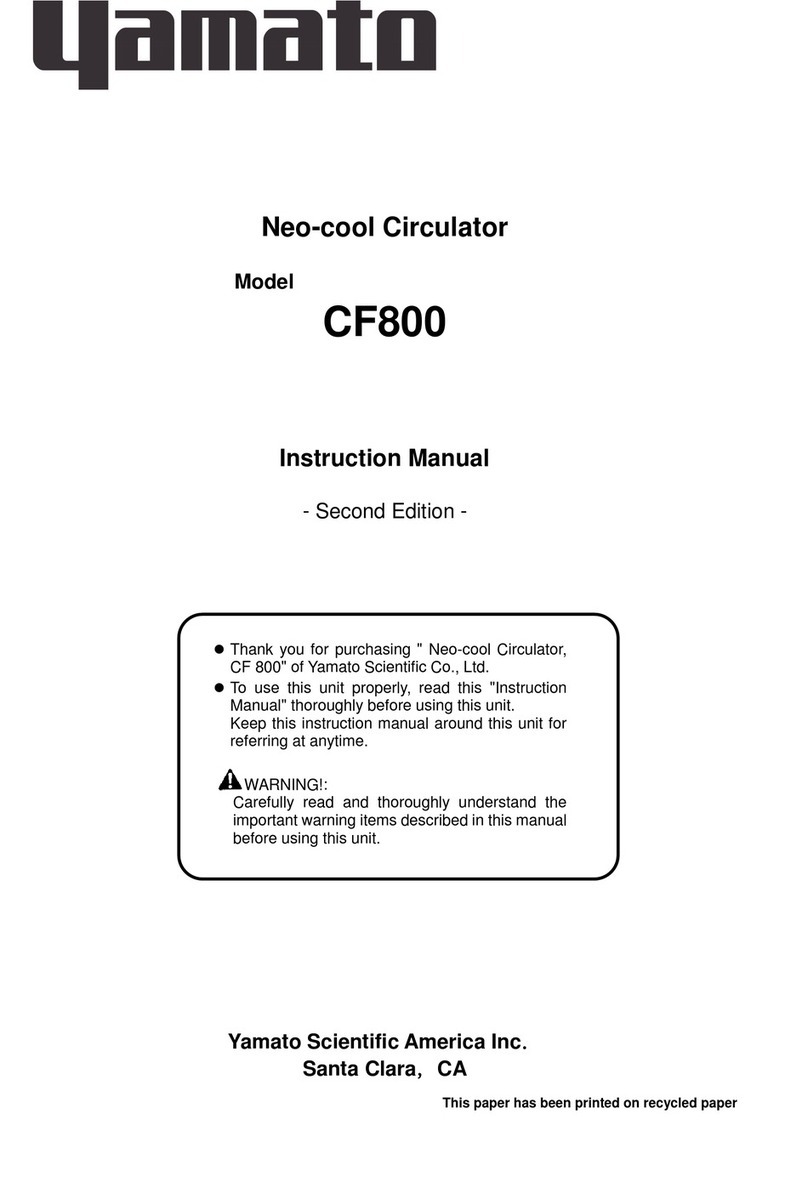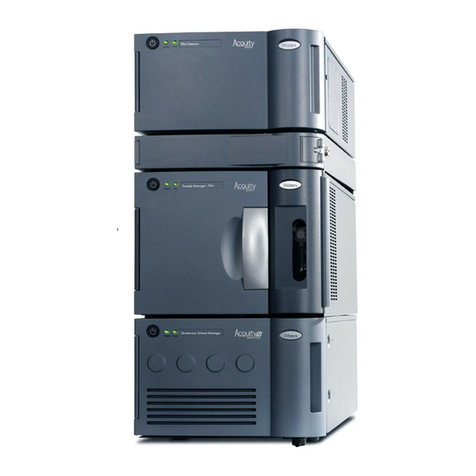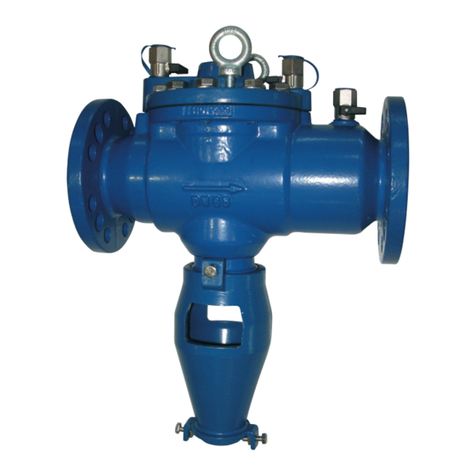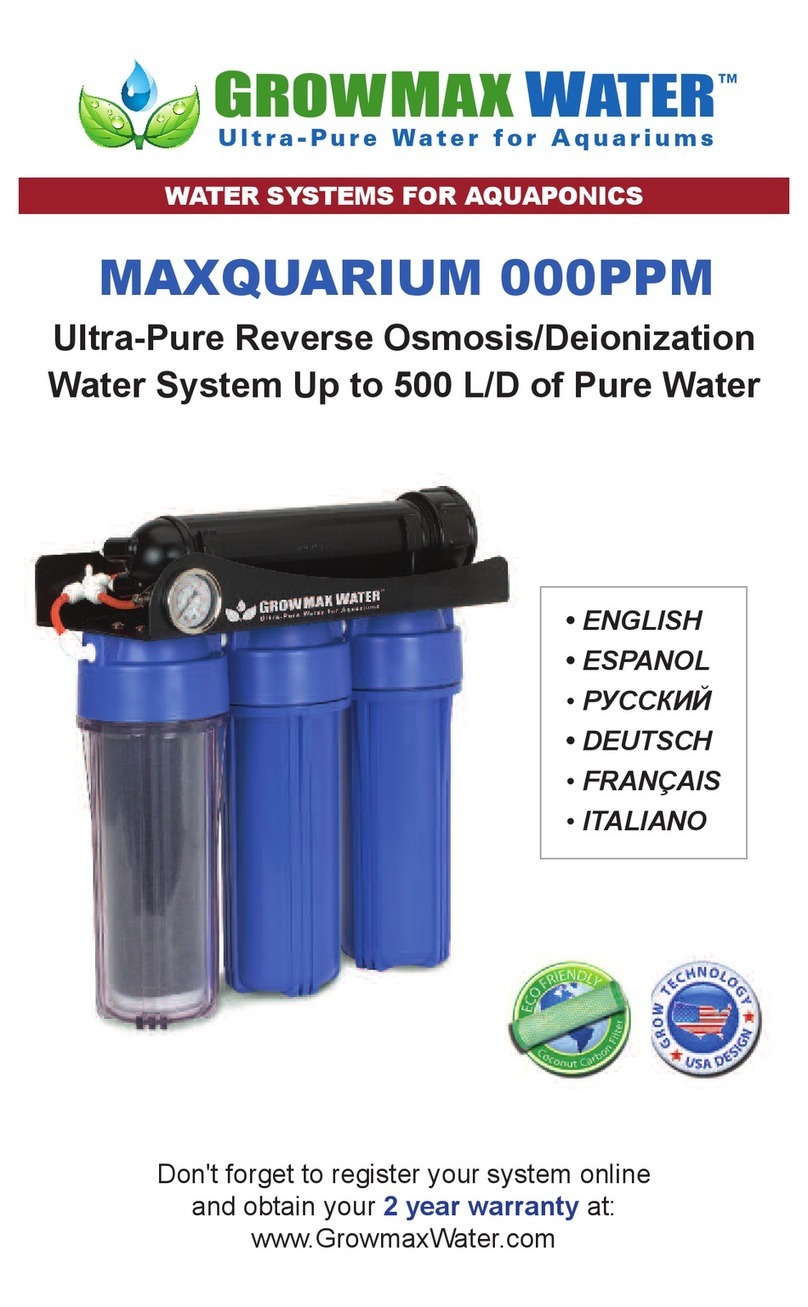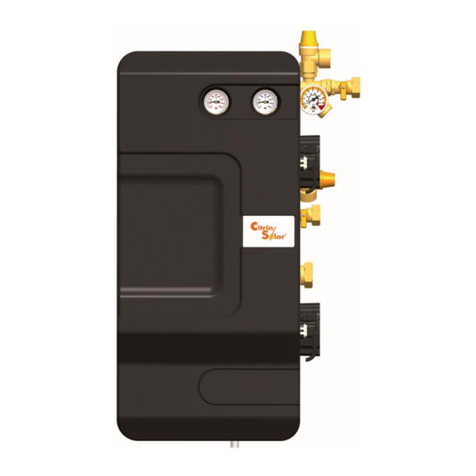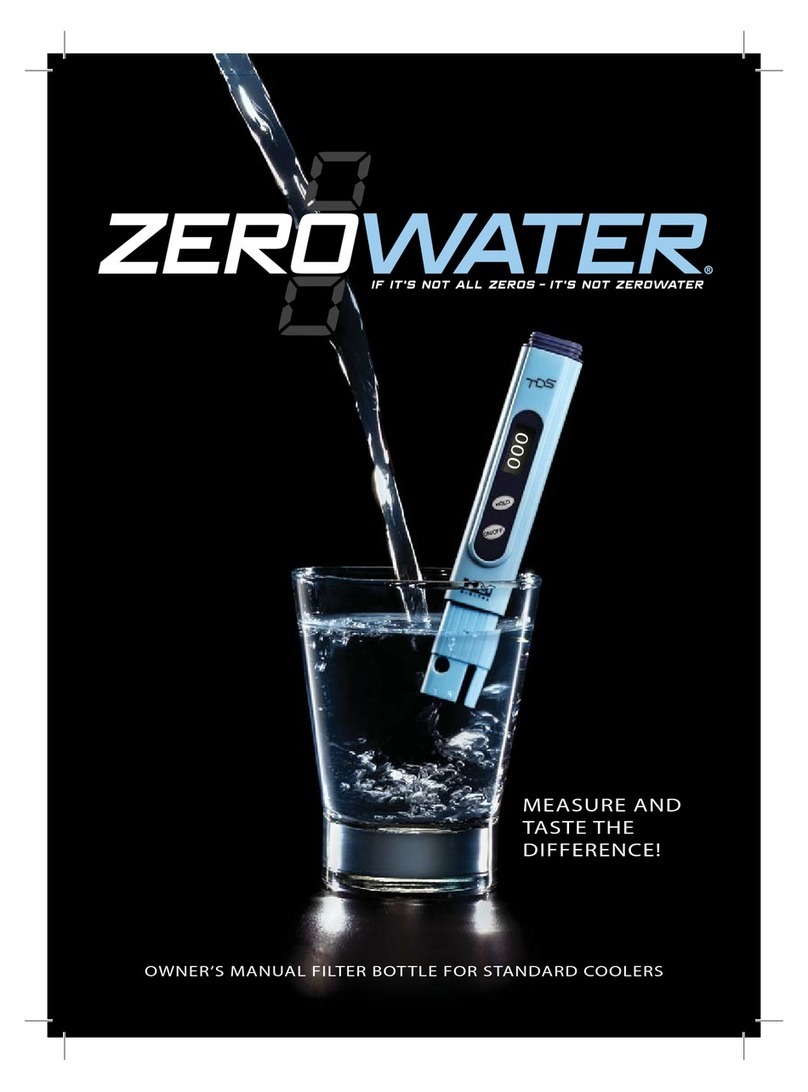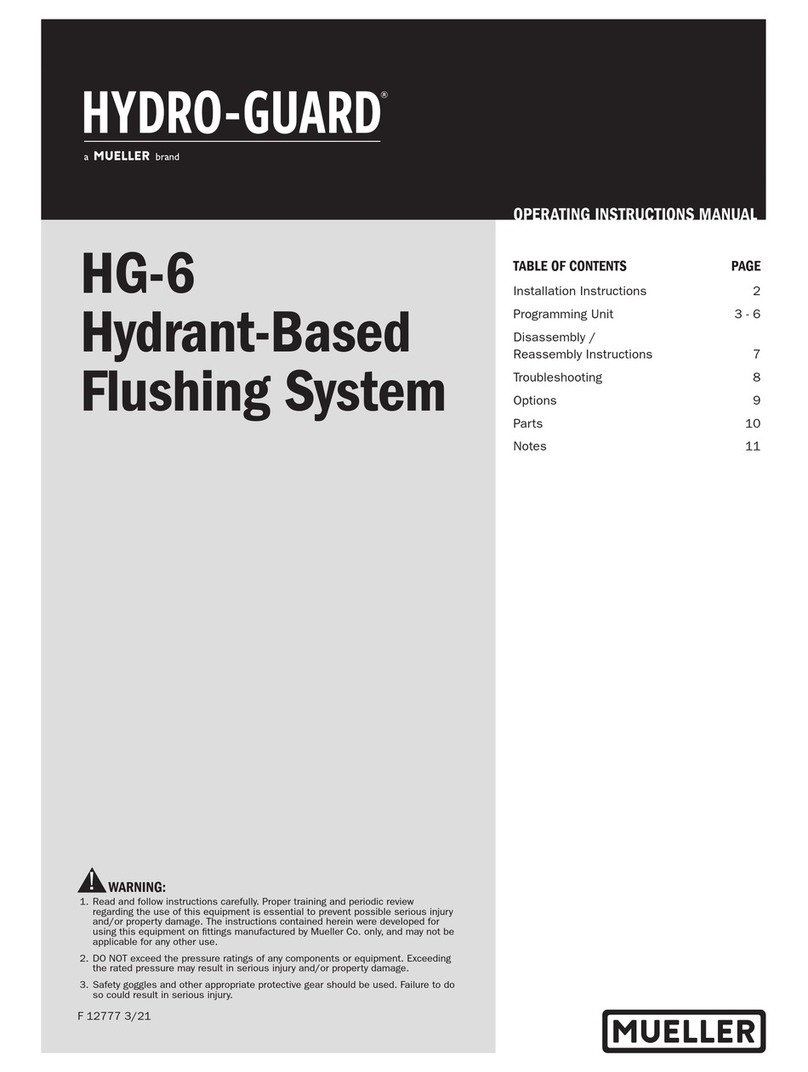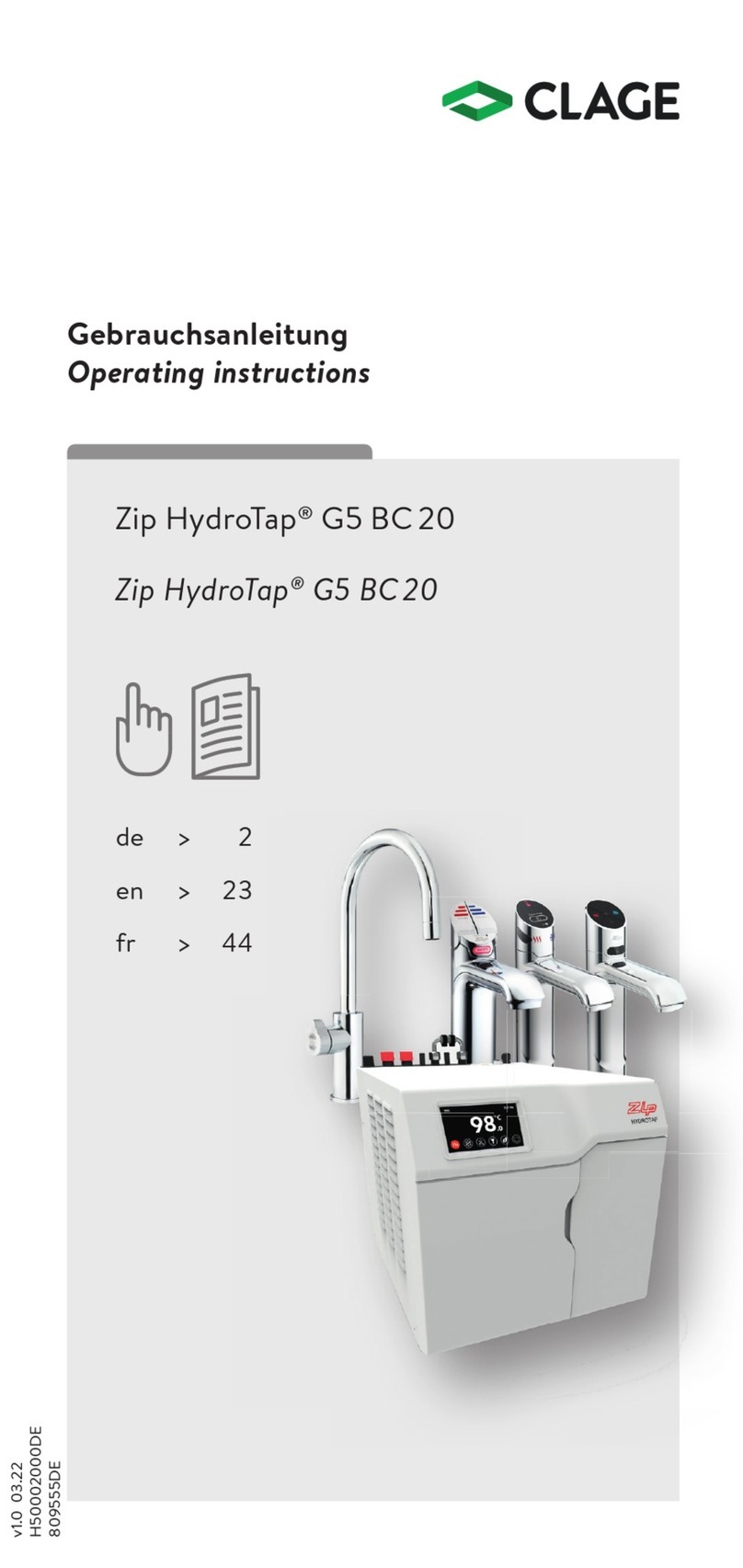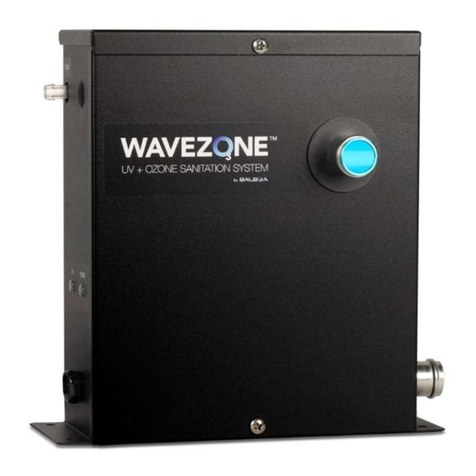
- 6 -
Oxygen is supplied to the processor through venturis installed within the recirculation pump
discharge header prior to the nozzles. The nozzle of the venturi causes the velocity of the water
to increase, thus causing a decrease in pressure. This pressure drop draws air in the system
through an outside air supply pipe.
A programmable micro-logic controller (PLC) activates the recirculation program that self
adjusts these operations based on actual wastewater flow into the processor (as monitored by the
PLC). The processor constantly evaluates the water usage and meters out the effluent discharge
to the disposal system in equal doses over a 24-hour period (a dosing schedule can also be
customized to the project specification).
SeptiTech processors are sized based on the projected design flow with additional capacity to
accommodate wastewater surges (morning and evening flows, special events, etc). Under surge
conditions, the PLC senses the increased flow into the system and adjusts the treatment process
to gradually accommodate the accumulated surge flow while maintaining treatment
effectiveness. If the PLC senses reduced flow, it will automatically ratchet the system down, and
after several days enter “sleep mode” during which time the processor only operates long enough
to maintain the microbe culture.
SeptiTech processing starts automatically with any wastewater input. The recirculation system
then remains in operation, continuing to automatically reset as necessary, as long as wastewater
is discharged into the processor or until the entire accumulated surge flow has been discharged.
3.2. Denite Mix Loop (Optional Configuration)
Wastewater within the process chamber of the system undergoes several treatment processes. A
few of these processes include the biochemical oxidation of organic matter and the nitrification
of influent ammonia; both of which are aerobic processes (i.e. require the presence of oxygen).
In order to achieve a reduction in the total influent nitrogen concentration, the influent ammonia
must be nitrified from ammonia to nitrate within the aerobic SeptiTech processor tank. Then, the
nitrified wastewater must be introduced into an anaerobic environment (i.e. no oxygen) in order
for the nitrate within the wastewater to be converted to nitrogen gas. Once nitrogen gas is
formed, it simply is released into the atmosphere through the natural venting of the septic tank.
SeptiTech offers an optional denitrification configuration, in which a denite-mix pump is used to
recycle nitrified wastewater from the processor tank back to the septic tank. In order to aid in the
denitrification process, SeptiTech adds heavy plastic media (refer to section 6.3 for details) to the
septic tank to provide the necessary environment needed for the denitrifying bacterial culture to
grow. Because this media is added to the primary septic tank, it is required that the primary
septic tank be of a two-compartment configuration. That is, there must be a baffle wall installed
within the septic tank in a 1/3 –2/3 volume configurations. Figure 1 summarizes the nitrogen
removal processes in schematic form.



















